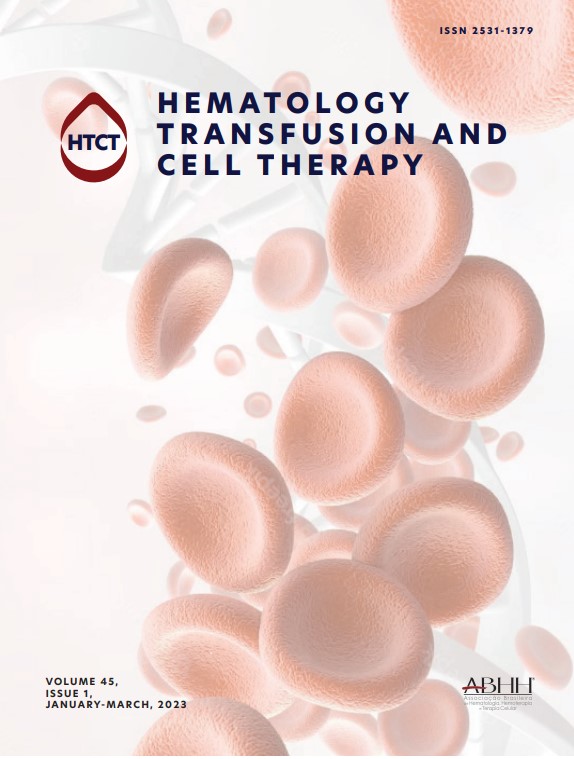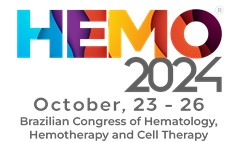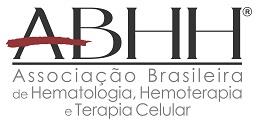Introduction: Some patients with CLL will require treatment at diagnosis, but many other will remain untreated under observation for several years. We have observed that many patients tolerate several of the clinical manifestations defined as criteria for treatment indications without treatment need. We identified 5 reference centers for CLL that share the same profile of being more conservative in indicating treatment for CLL patients. We decided to analyze if more conservative local criteria for treatment indication impacts on patients’ outcomes. Objective: To describe the outcomes of a series of CLL patients treated according to locally defined more conservative criteria for initiating treatment. Methods: The Brazilian Registry of CLL was started in 2004 as a prospective observational data collection tool. Inclusion criteria for enrollment followed the IWCLL guidelines. We retrospectively evaluated all patients with CLL in the Brazilian Registry of CLL who were followed between March 2013 and March 2020 at the 5 reference centers (3 public and 2 private). The following local criteria were used for treatment indications: 1) Persistent and progressive symptomatic cytopenias, 2) Massive or symptomatic lymphadenopathy, 3) Massive or symptomatic splenomegaly, 4) Disease-related symptoms, only if persistent and if other causes were excluded, 5) Autoimmune complications including anemia or thrombocytopenia non-responsive to steroids. Progressive lymphocytosis and extranodal manifestations were not considered for treatment indication. Results: A total of 590 patients were followed during the observation period of 7 years. Median follow-up was 40 months (range:3-86). Median age was 65 years (range:32-98) and most patients were male (57%). Binet stage was A in 67%, B in 14% and C in 19% of cases. FISH, performed in only 199 patients (34%), was normal in 43%, and showed del13q in 23%, trisomy 12 in 18%,del11q in 8% and del17p in 7%. According to IWCLL criteria,264 (45%) presented indication for treatment over the time:146 (55%) at diagnosis and 118 (45%) during follow-up. Based on the local criteria,148 (25%) patients met criteria for indication of treatment. Therefore,116 patients with IWCLL indication were not treated to date according to the local criteria. The IWCLL indications for these untreated patients were: cytopenias (49%), constitutional symptoms (32%), progressive lymphocytosis (11%), lymphadenopathy or splenomegaly (9%). The median observation time for these untreated patients from the time of indication of treatment by IWCLL until the analysis was closed was 39 months (range:3-86). Of the 116 untreated patients, 13 (11%) died during follow-up: 5 from infections probably unrelated to CLL (all patients were elderly, Binet A, non-neutropenic and non-hypoglobulinemic), 2 from cardiac causes,1 from a car accident,1 from a solid tumor, and 4 of unknown causes (lost follow-up after at least 2 years). No deaths were attributable to CLL. Overall survival at 4 years was 90% for the patients who were treated versus 89% for the patients who were not treated (p = 0.95). Conclusion: Our data suggest that it is feasible and safe to adopt more conservative criteria to indicate treatment in a CLL patient. A more restrict approach may not only reflect in a significant financial impact to the health care system but also avoid premature exposition to prolonged and/or potentially toxic treatments. This finding might be of special interest to low-income countries.
The Impact Factor measures the average number of citations received in a particular year by papers published in the journal during the two preceding years.
© Clarivate Analytics, Journal Citation Reports 2025
SRJ is a prestige metric based on the idea that not all citations are the same. SJR uses a similar algorithm as the Google page rank; it provides a quantitative and qualitative measure of the journal's impact.
See moreSNIP measures contextual citation impact by wighting citations based on the total number of citations in a subject field.
See more





